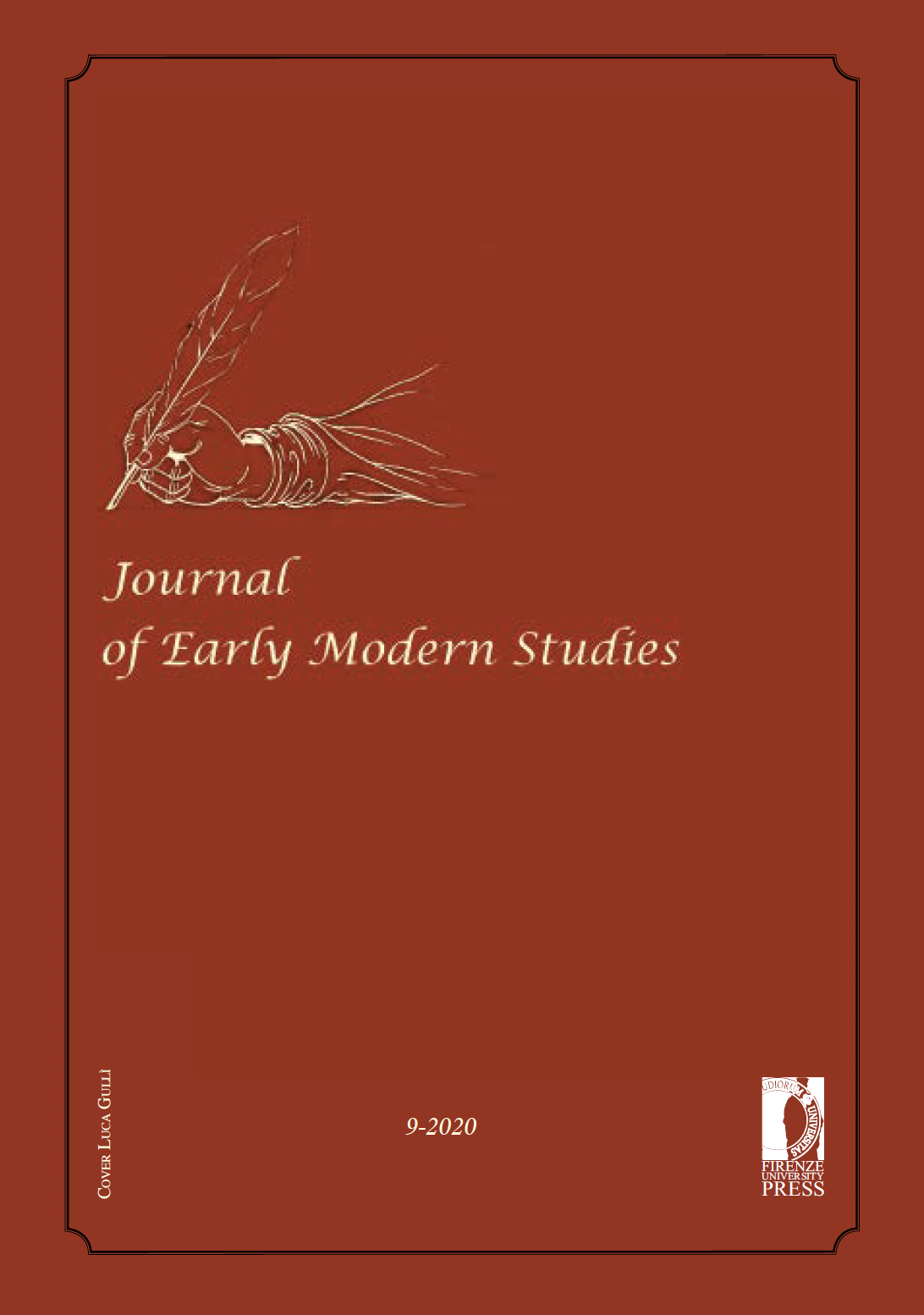Published 2020-03-07
Keywords
- Epigraphy,
- Graffiti,
- Materiality,
- Memory,
- Pompeii
How to Cite
Abstract
The article summarises the current situation in relation to projects and approaches to the study of wall graffiti from all periods of history, referring particularly, but not exclusively, to the conference ‘Historical Graffiti as Sources, Munich, 20-22 April 2017’. It argues that graffiti act as valuable sources in a variety of ways and a multitude of contexts – e.g. recording business transactions in the Roman town of Virunum, following the trails of medieval pilgrims, offering a terminus ante quem for the construction of a building, or passing down the names of prisoners killed in the Gestapo prison in Cologne. The comparison of ancient, medieval and modern graffiti shows that the majority of such inscriptions consist of name tags often combined with specific identity markers. They could function as representatives of their authors and guaranteed a longer lasting symbolic presence in, or in connection to a place. Long neglected as supposedly products of the lower classes, graffiti seem rather to have been made by members of society who possessed at least basic literacy; and to have often been left even by the élite of a given society, including ancient Egyptian priests and medieval/early modern European nobles.


